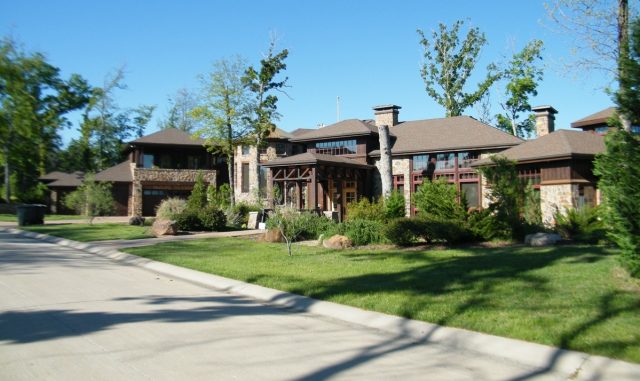The importance of living in a ‘safe’ neighborhood has increased exponentially with our expectations and definition of the term ‘safe.’ General home safety is also a priority concern for most parents looking to buy their first family home or move to a better area. Although no modern neighborhood is devoid of common risks and dangers, there is a safety threshold that directly impacts your family’s quality of life.
These days it is not as simple as choosing a suburban environment or buying in a high-income area. Homes and neighborhoods of all demographics are subject to a decline in safety when certain elements go unchecked. The importance of innovative home security devices and dedicated security services, such as those offered by Vivint, is vital in the fight to maintain a relatively safe neighborhood.
Poor Police Response
One of the easiest ways to gauge a neighborhood’s safety lies in precisely what local police services deem severe and constant threats requiring immediate intervention. A community where police will take the time to intervene in minor complaints is inherently indicative of a safer neighborhood.
The Types Of Stores
This is another subtle tell-tale sign of the general security of a neighborhood. Stores indicate demand, and demand is indicative of what one might expect in an area. Liquor stores and pawn shops are the two biggest red flags as far as businesses go. This is not a socioeconomic concern but rather a concern with the demand for these services and the social implications that they tend to present.
A Lack Of Active Outdoor Activity Clubs
Safer neighborhoods tend to have it in common that they have some clubs and activities to offer. It requires a degree of personal security and safety for people to commit to outdoor activities in their neighborhood. Bowls clubs, well-kept public swimming pools, and sporting clubs are a good indicator of better safety.
A Lack Of Community involvement And Initiatives
This is the big one in terms of indicators of a safer neighborhood. While a neighborhood watch is excellent, without community backing and supporting initiatives to improve safety, they tend to collapse or become ineffectual. An area with a community that participates in public safety drives and programs to enhance their neighborhood is almost always a safe bet. Some areas cooperate with local law enforcement and security companies to improve communication and awareness about safety issues.
Poorly Maintained Public Facilities
We have mentioned public pools, but the principle extends to any well-maintained and secure public services. Libraries, good public schools, and safe public parks are some of the best examples representing this principle. It should be noted that this excludes sporting facilities and destinations that often attract criminal activity by opportunistic deviants. Clean street likewise is not always indicative of a safe area; this depends on whether the community is an attraction that may draw criminal activity.
Too Many Rental Properties
This may seem an unfair indicator, but statistically, areas with higher numbers of rental residents also have higher crime statistics. This is not to say that said residents are directly responsible for these stats, but rather that rental opportunities indicate some level of disdain from property owners. It is usually axiomatic that a property owner will live in their safest and best-situated property while renting out properties in less favorable areas.

A professional writer with over a decade of incessant writing skills. Her topics of interest and expertise range from health, nutrition and psychology.


